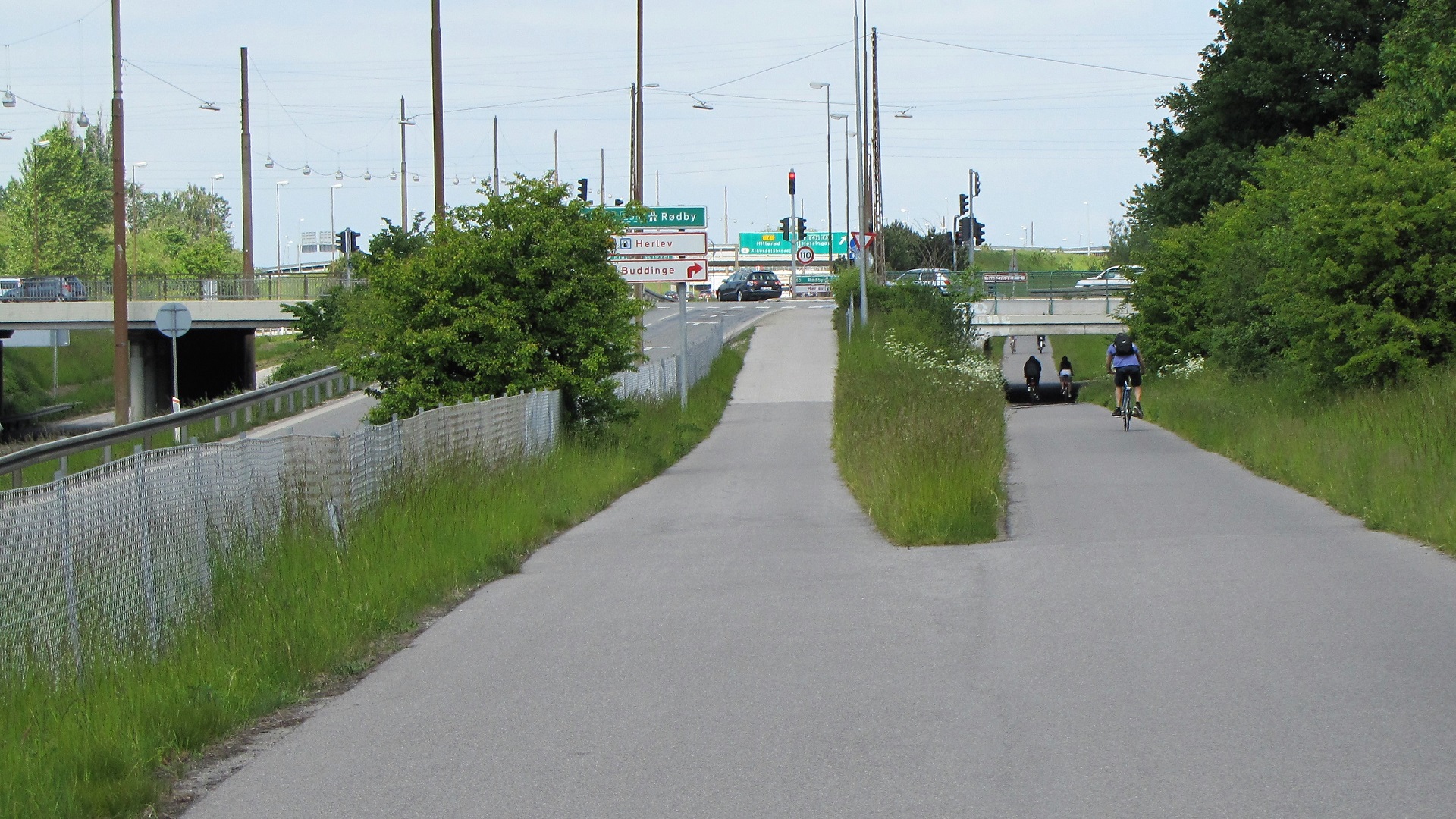
The EU agrees on making road infrastructure safer for cyclists
On 21th February 2019, the key EU institutions agreed on a revised version of the directive 2008/96/EC on Road Infrastructure Safety Management (RISM), recognising the need to pay more attention to the safety of cyclists and pedestrians.
The RISM Directive defines procedures that were supposed to ensure the safety of trans-European road network, but up until now has almost exclusively focused on the safety of car-occupants. The needs of other road users such as cyclists and pedestrians were often overlooked.
For the past two years, the European Cyclists’ Federation (ECF) has been working hard to have the needs of cyclists represented in the revision process of the Directive. We gave eye-opening presentations for the European Commission and Members of the European Parliament. We reached out to representatives of the Member States highlighting the importance of providing adequate infrastructure to all road users including cyclists and pedestrians. We also prepared a set of detailed amendments when the first legislative proposals were published.
The changes to the RISM Directive include several important improvements:
- Member States shall take the needs of cyclists (as well as pedestrians and motorcyclists) into account in the implementation of all safety procedures defined in the Directive.
- The European Commission shall provide guidance on quality requirements regarding vulnerable road users. Those guidelines shall be developed in close cooperation with Member State experts. The ECF considers this a key element to make sure EU funding is not spent on infrastructure projects that are unsafe for cyclists or that create new barriers for cycling.
- Member States shall ensure that the training curricula for road safety auditors includes aspects related to cyclists and cycling infrastructure.
- Cycling traffic and cycling infrastructure are on the indicative list of data to be collected in the new procedure of network-wide road assessment. This should form a solid basis for more evidence-based policies.
Adam Bodor, Advocacy Director of the ECF, shared some thoughts on the inclusion of cycling infrastructure in the revised Directive:
Until now, the EU has focused on the safety of main roads from the perspective of motorised vehicles. We are pleased to see a fundamental shift take place towards all road users. From now on, the needs of cyclists and pedestrians should also be taken into account in design and maintenance of European road infrastructure.
In parallel, the scope of the Directive will be extended to all motorways, “primary roads” and non-urban roads that receive EU funding. According to research from the European Commission, the proposed package of measures could save as many as 3,200 lives and prevent more than 20,000 serious injuries over the 2020-2030 period.
The changes made to the Directive are the result of a compromise between the proposals of the European Commission, the Council of the EU and the European Parliament’s Committee on Transport and Tourism. The political deal worked out yesterday will now have to be officially endorsed by both the European Parliament and Member States.
Regions:
Contact the author
Recent news!
Upcoming events
Contact Us
Avenue des Arts, 7-8
Postal address: Rue de la Charité, 22
1210 Brussels, Belgium









